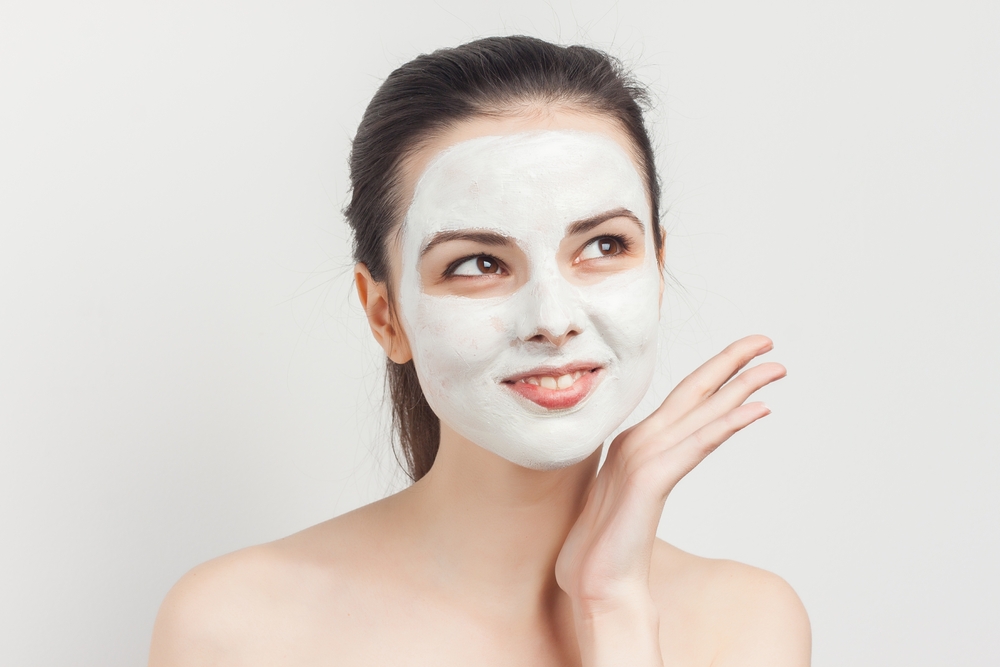
Dark Circles Under Eyes: Causes from a Dermatologist’s Perspective
Understanding Dark Circles Under Eyes
Dark circles under the eyes are a common cosmetic concern that many individuals experience. Understanding the causes of dark circles can help in developing appropriate management strategies.
Contributing Factors
Genetics and Ageing
Genetics plays a significant role in the appearance of dark circles under the eyes. Some individuals inherit a tendency for thinner skin or hyperpigmentation in the under-eye area. As we age, the skin naturally becomes thinner, and blood vessels under the eyes can become more prominent, contributing to a darker appearance.
Vascular Issues
Blood vessels under the thin skin of the eye area can leak or become dilated, leading to a buildup of blood and a bluish tint. This can result from various factors, including allergies, sinus congestion, or other circulatory issues, all of which may exacerbate the appearance of dark circles.
Lifestyle and Habits
Lack of Sleep
A lack of sufficient sleep can lead to the dilation of blood vessels and cause the skin to appear paler, emphasizing the appearance of dark circles. Quality sleep and a consistent sleep schedule are essential in managing this aspect.
Diet and Hydration
An unbalanced diet and inadequate hydration can affect the skin’s overall health, including the skin under the eyes. Dehydration can make the skin appear more transparent and accentuate the appearance of blood vessels, contributing to the appearance of dark circles.
Environmental and Health Factors
Sun Exposure and Skin Tone
Excessive sun exposure can increase melanin production, causing hyperpigmentation. People with darker skin tones are more prone to hyperpigmentation, making them susceptible to developing darker under-eye circles due to increased melanin levels.
Treatment Options for Dark Circles Under Eyes
While complete elimination of dark circles may not be guaranteed, several treatments can help reduce their appearance:
A. Topical Treatments
Applying creams or serums containing ingredients like retinol, vitamin C, hyaluronic acid, or peptides may help reduce pigmentation and improve skin texture. These products can potentially strengthen the skin and reduce the prominence of blood vessels. We recommend using Duo Selene Eye Contour cream that:
- Reduces dark circles & morning puffiness.
- Helps decrease wrinkles & signs of aging.
- The under eyes appear luminous & radiant.
- Helps rejuvenate, and decrease fine lines & signs of fatigue in eye contour area.
B. Chemical Peels
Dermatologists may recommend chemical peels to exfoliate the skin, encouraging the growth of new, evenly pigmented skin. Chemical peels can help reduce pigmentation and enhance the overall complexion of the under-eye area.
C. Dermal Fillers
In some cases, dermal fillers like hyaluronic acid can be injected to add volume and smoothen the under-eye area, reducing the appearance of hollows and shadows.
There is no question that understanding the potential causes of dark circles under the eyes is crucial for effective management. Addressing contributing factors such as genetics, lifestyle choices, and environmental influences can aid in minimizing their appearance. However, it’s important to consult a dermatologist for personalized advice and treatment options based on your unique circumstances. Consult our amazing doctors at Derma Health clinics for the medical advice you need. Contact us now









